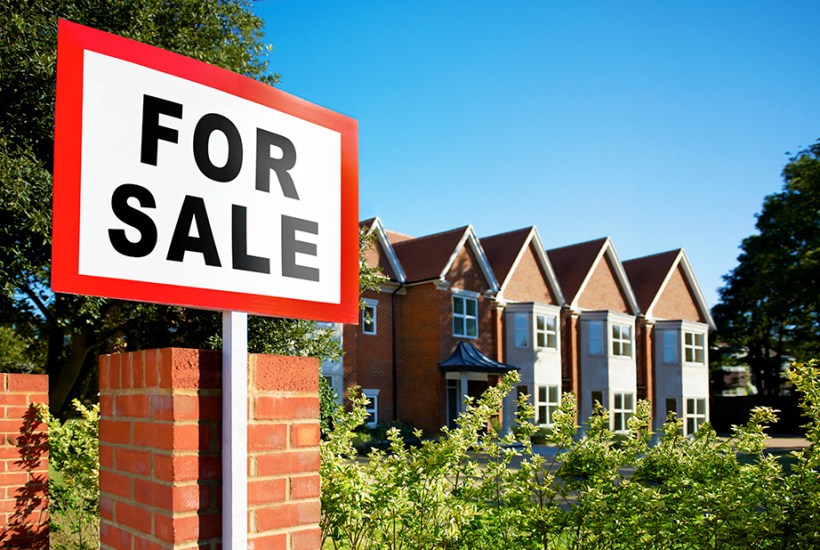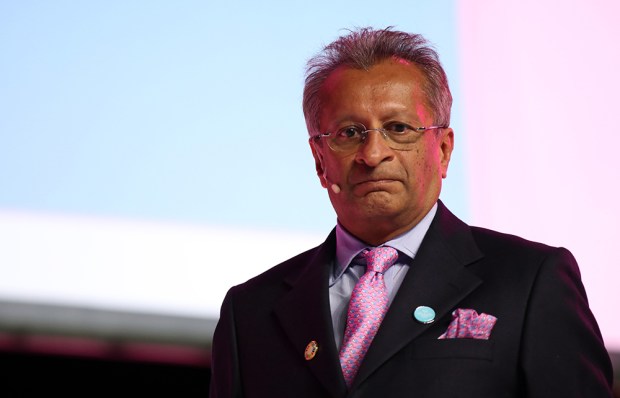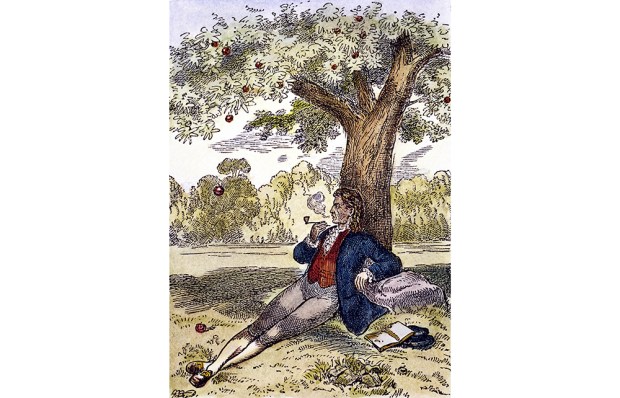In Building Soul, Thomas Heatherwick’s recent Radio 4 series, architects are villains. According to the puckish designer of Google’s King’s Cross campus, the profession is in thrall to a ‘cult’ of modernism, intent on forcing us to live in houses that make us ill and work in offices that make us depressed.
Heatherwick is often accused of over-simplification. His latest attack on the architectural profession, and his blaming of Le Corbusier as miscreant-in-chief, is worse. It misrepresents how and why buildings come to be. They are the work not of lone fanatics but of countless competing forces, and mostly political will. But Heatherwick’s fiction contains truthiness: people see dull, uniform apartment blocks being slung up every week. It would be easy to conclude architects must be mad and wrong.
The Labour party now recognises how deeply voters dislike slabby developments. When Keir Starmer promised house-building programmes in urban areas at the party conference last month, he sought to head off objections by stressing how new houses would be ‘Georgian-style’ – code for ‘inoffensive’.
Rowan Moore’s Property partly serves as a counterpoint to Heatherwick’s odd outburst by offering a more nuanced, less histrionic analysis. The Observer’s architecture critic sets out the historical, political, social and economic forces that have shaped the regimented look of many modern developments. One of the most powerful chapters considers Gurgaon, a monster of a city, the fastest growing in India and the country’s third wealthiest, whose ‘breathtakingly vast and repetitive’ apartment blocks, 30 or 40 storeys high, were built mainly in the past 20 years.
The billionaire developer Kushal Pal Singh, a leading pusher of Gurgaon’s growth, calls it a ‘gigantic dream city’ – but it is very much real. Inevitably, Moore argues, it is mostly the manifestation of weak local government, lax regulation, opportunistic developers, lobbying and feverish demand. That city may be another country’s nightmare, but its great walls of luxury real estate are not entirely remote from the steel edifices and flat, grey plazas that so upset Heatherwick – Paddington Basin and Nine Elms in London, perhaps, or Deansgate in Manchester.
Gurgaon is only part of the story. Moore’s book is wide-ranging. It is a calm analysis of the concept of property ownership, its promises, successes and betrayals. He explains how successive UK government policies turned Noel Skelton’s ‘property-owning democracy’, first envisaged as a kind of magic potion for social ills by the Conservative MP in 1923, into a situation where high prices mean the opposite of emancipation for many. He asks questions such as: is property ownership a natural state? When did we start to regard homes as investments? What can we learn from the successes and mistakes of the US and Europe? What might change? Then he answers them in an even-handed way.
He avoids always laying blame at the most obvious doors. Much attention is paid to the optimism of Margaret Thatcher’s ‘nurturing’ iteration of Skelton’s idea with right-to-buy policies that allowed council tenants to buy their homes at discounts of up to 70 per cent. Successive governments over four decades, he argues, have turned a policy intended to improve lives into a fortress of vested interests – owners, developers, banks – determined to see UK property always rise. Policy focuses on sustaining what we have come to assume is a natural state rather than considering alternatives with any seriousness.
Moore covers everyday life in places with different arrangements: black communities in Missouri and Georgia, a housing co-operative in the Bronx, English garden suburbs, Viennese social rental blocks and community land trusts in London. People, not economics, are the heart of his narrative. Moore’s prescription is any model of housing that surrenders personal gain in favour of security for many, which he knows is unlikely to hold sway in ‘a country with powerful national myths about domestic life’ and ‘individual houses with gardens’. But his arguments for property speculation and ownership as a corrosive form of faith, and suggestions for reforms that might liberate us, are good.
Then he undermines himself. In an oddly confessional coda, he sets out his own property portfolio (which turns out to be substantial: a house in France, a flat in London and a share in a house and field in Sussex) before concluding that he would like to be taxed more. His motives are sound. If you are arguing against the overaccumulation of property, you should be upfront about your own acquisitiveness. But to less fortunate readers – younger adults with little hope of home ownership who are presumably his intended audience – his list is likely to be a little galling. At least Moore acknowledges his own conflicted agenda. He is not looking to blame individuals. And for those who care about the aesthetics of architecture, he does not reduce complex terrain into a tale of heroes and villains.
Got something to add? Join the discussion and comment below.
Get 10 issues for just $10
Subscribe to The Spectator Australia today for the next 10 magazine issues, plus full online access, for just $10.
You might disagree with half of it, but you’ll enjoy reading all of it. Try your first month for free, then just $2 a week for the remainder of your first year.














Comments
Don't miss out
Join the conversation with other Spectator Australia readers. Subscribe to leave a comment.
SUBSCRIBEAlready a subscriber? Log in